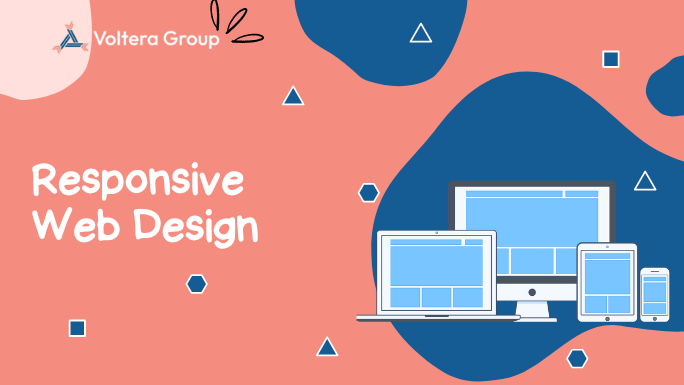With the current state of technology, mobile devices are a necessary component of our everyday existence. When using social media, making purchases, or exploring the web, we anticipate that websites will adjust to fit the screens of our tablets and smartphones without any trouble at all. This is when the importance of responsive web design becomes apparent. We’ll discuss the benefits of responsive website design, its importance, and how it improves user experience and search engine rankings in this blog article.
Why Responsive Design Matters
1. Enhanced User Experience

With responsive design, you can be sure that your website will look great and work perfectly across a variety of screens and devices. But what is responsive design? It ensures that regardless of the device a visitor uses to view your website—desktop, laptop, smartphone, or tablet—they will always have a uniform and simple experience.
You can stop straining and squiggling to see little text and buttons. Content that is responsively designed automatically resizes and rearranges itself to fit the screen, making it simple for users to access and engage with your website.
2. Improved Accessibility

Responsive design not only works with many screen sizes but also encourages accessibility for people with disabilities. You can make your website more inclusive and user-friendly for all users by putting responsive design best practices into effect, such as utilising scalable fonts, offering alternate text for photos and making sure keyboard navigation is available.
3. Higher Search Engine Rankings

Search engines such as Google have prioritised mobile friendliness as a ranking criterion in the past few years. Mobile-responsive websites are more likely to appear higher in search engine results pages (SERPs) than non-mobile-responsive websites. Setting responsive design as your top priority will increase organic traffic to your website, improving user experience and increasing site exposure.
How Responsive Design Works
Media queries, scalable graphics and flexible grids are some of the tools used in responsive design to make sure websites adjust to a variety of screen sizes and resolutions without breaking a sweat. The presentation and layout of web pages are defined by CSS (Cascading Style Sheets) and responsive design enables content to reflow and change dynamically depending on the viewport width of the device.
Final Thoughts
Responsive design is becoming essential in today’s environment, since more and more things are centred around mobile devices. Giving priority to responsive design will help you enhance accessibility and inclusivity on your website, improve user experience across all platforms and rank higher in search results pages. One of the greatest choices you can make for your online presence, whether you’re building a new website or enhancing an old one, is to invest in responsive design.





